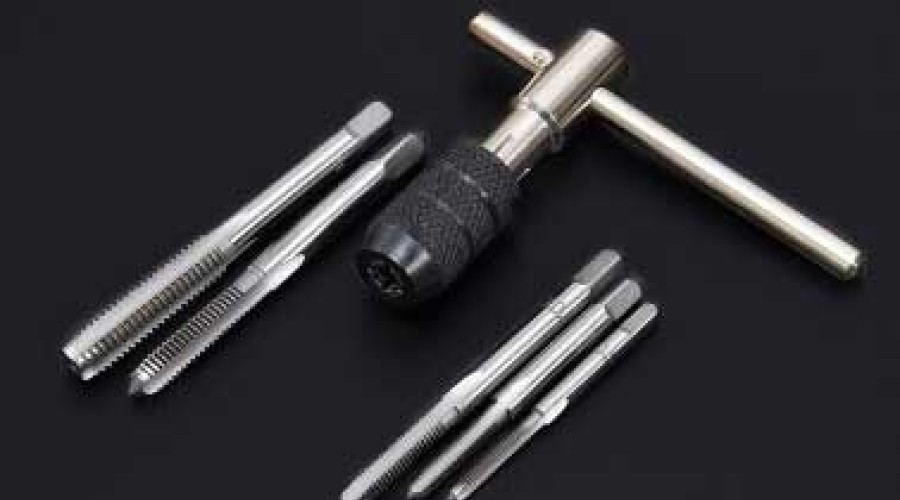
The tapping
machine, also known as a tapping press or thread tapping machine, has a rich
development history that spans several centuries. This specialized tool is
designed to create internal threads by tapping into a pre-drilled hole in a
variety of materials, such as metal, plastic, or wood. The evolution of tapping
machines is closely linked to advancements in manufacturing, engineering, and
the need for efficient and precise thread production. Let's delve into the development
history of the tapping machine.
Early Manual
Tapping:
The earliest forms of tapping were done manually using handheld tools like taps and dies. Craftsmen would manually turn the tap into the pre-drilled hole to create threads. This method was time-consuming and required a high level of skill. As industrialization progressed in the 19th century, there was a growing demand for more efficient and automated methods of thread production.
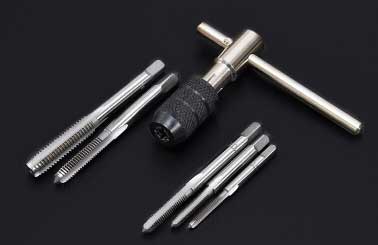
The Advent of
Power Tapping:
The late 19th
century saw the introduction of power-driven tapping machines. These machines
were initially powered by steam engines and later by electric motors. Power
tapping machines significantly increased the speed and efficiency of thread
production compared to manual methods. They were particularly valuable in
industries such as automotive, aviation, and machinery manufacturing.
Mechanical
Advances in the 20th Century:
The 20th century brought about significant advancements in tapping machine design and technology. Mechanical innovations, such as the introduction of ball bearing spindles, improved the precision and durability of tapping machines. This era also saw the integration of automatic feed mechanisms, allowing for more consistent and reliable thread production.
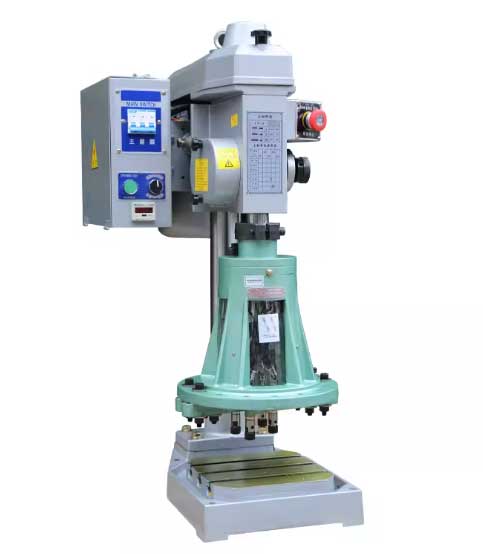
Introduction of
Pneumatic and Hydraulic Tapping Machines:
In the mid-20th
century, the development of pneumatic and hydraulic tapping machines further
expanded the capabilities of thread tapping. These machines utilized air or
hydraulic pressure to drive the tapping process, providing additional power and
control. Pneumatic tapping machines became popular for their speed and
versatility in various industrial applications.
CNC Tapping
Machines:
With the advent of computer numerical control (CNC) technology in the latter half of the 20th century, tapping machines underwent a revolutionary transformation. CNC tapping machines integrated computer control, allowing for precise programming of thread specifications and automation of the tapping process. This resulted in increased accuracy, repeatability, and the ability to handle complex threading tasks.

Modern High-Speed
Tapping Machines:
In recent decades,
tapping machines have continued to evolve, with a focus on high-speed and
high-precision capabilities. Advanced materials, such as lightweight alloys and
composite materials, have been incorporated into the construction of tapping
machines to enhance performance and reduce weight. Additionally, modern tapping
machines often feature intuitive user interfaces and connectivity options for
seamless integration into automated production lines.
Customization and
Specialization:
As industries have
become more specialized, tapping machines have followed suit. There are now
tapping machines designed specifically for particular applications, such as
small-scale precision work, large-scale industrial production, and even
specific materials.
Integration with
Industry 4.0:
In the current era
of Industry 4.0, tapping machines are being integrated into smart manufacturing
environments. This involves connectivity, data exchange, and the use of
advanced analytics to optimize performance, predict maintenance needs, and
enhance overall efficiency.
In conclusion, the
development history of tapping machines reflects the continuous quest for
improved efficiency, precision, and automation in the field of thread
production. From manual tapping to CNC-controlled high-speed machines, the
evolution of tapping technology has played a crucial role in shaping the
capabilities of modern manufacturing processes across various industries.
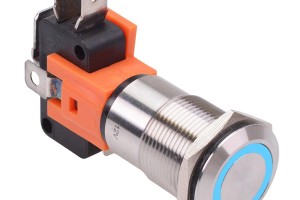
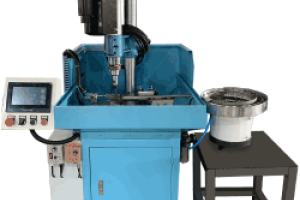
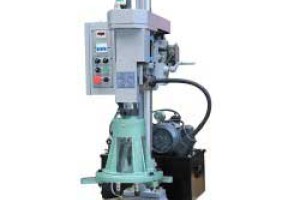
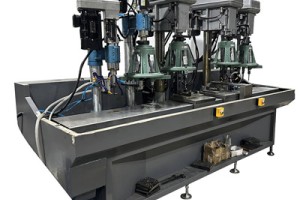
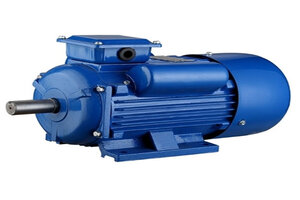
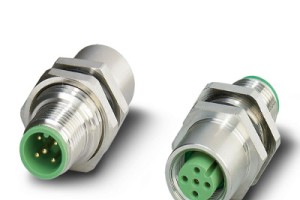
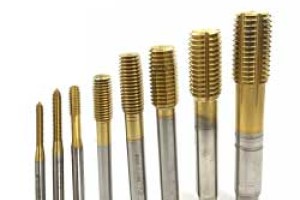
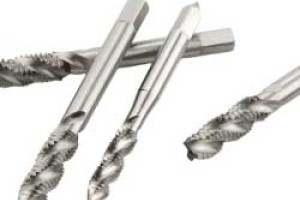
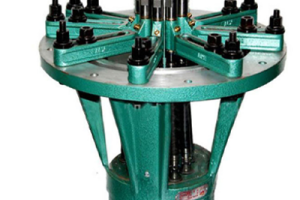
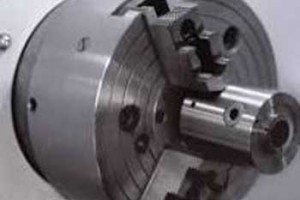
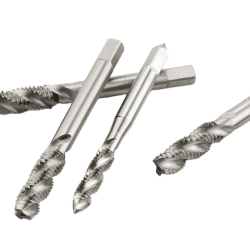
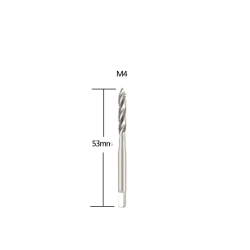
Leave a comment